Cards
(QUICK LINKS: Decks | plants | mammals | birds | | reptiles | fish | cephalopoda | insects | microbe | events
( scientist | project | modifier | technique |)

Woolly Rhino
Coelodonta antiquitatis

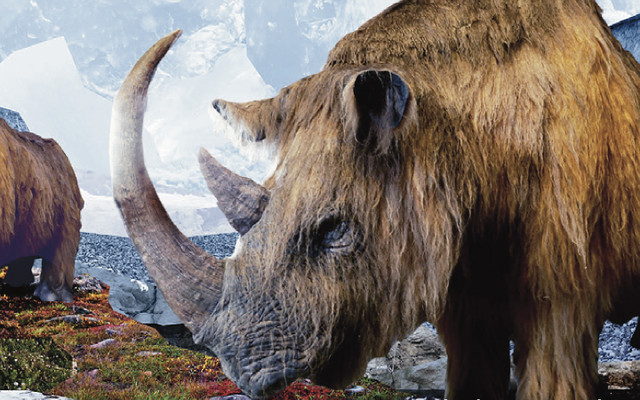
EXTINCT | 4 POINTS
PLAY: Move of 1
FACT: When horns from woolly rhinos were found in Russia during the 19th century, many believed they were the claws of giant birds, because they were found apart from the rest of the body.

Arctic Poppy
Papaver radicatum


2 POINTS
FACT: The flowers of the Arctic poppy fol- lows the sun’s movement across the sky. In this way it increases the temperature inside the flower creating an attractive microclimate for insects seeking warmth.

American Lion
Panthera atrox

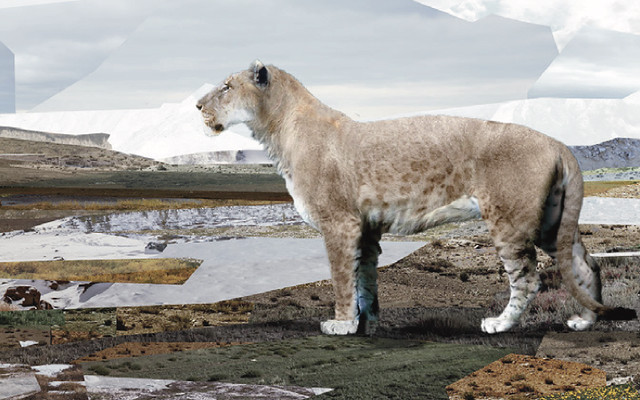
EXTINCT | 9 POINTS
PLAY: Move of 1. The card may be put next to all sizes of herbivores.
FACT: The American lion was much larger than the present African lion. It is related to the Cave lion.

Dire Wolf
Canis dirus

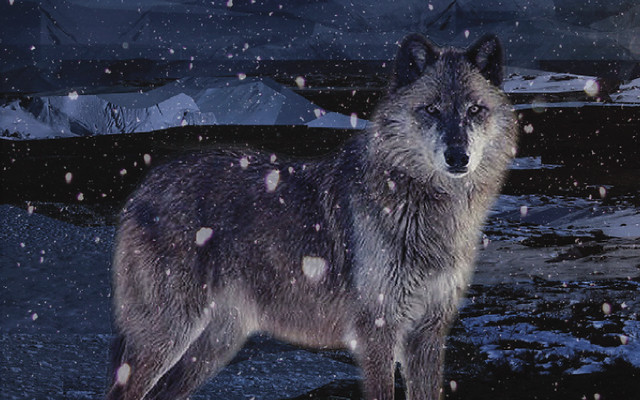
EXTINCT | 7 POINTS
PLAY: Move of 3. The card may be put next to all sizes of herbivores.
FACT: The dire wolf lived in North America og is more closely related to the coyote than to the grey wolf.

Yukon Wild Horse
Equus lambei

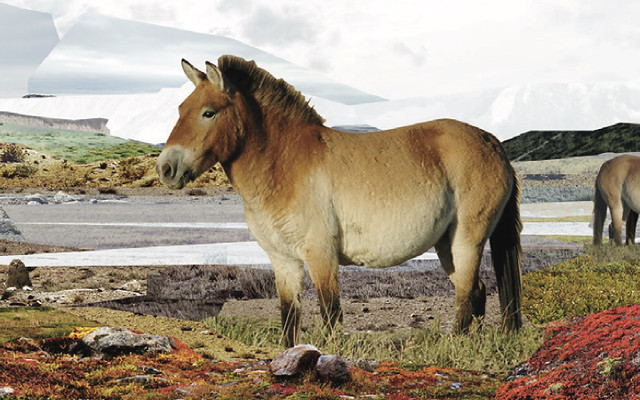
EXTINCT | 4 POINTS
PLAY: Move of 3
FACT: The Yukon wild horse was one of the most common animals on eastern part of the Mammoth Steppe. It was a tiny horse, the size of today’s ponies.

Cro-Magnon
Event Card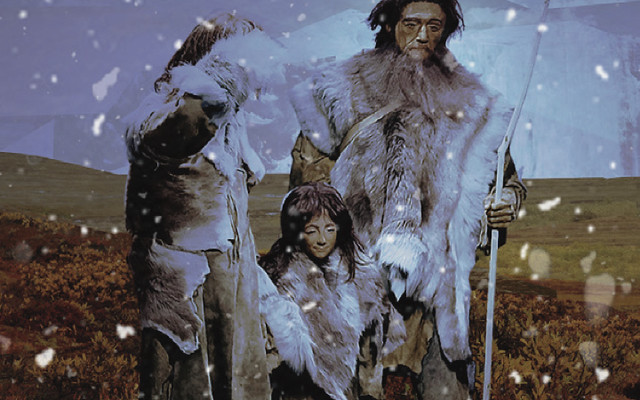
EFFECT: The card may be placed on top of all animal cards. Both cards are discarded right away.
FACT: The Cro-Magnon is a collective term for the early humans. They spread from Africa to the Middle East, Australia, Europe, Asia and America. They hunted on the Mammoth steppe.